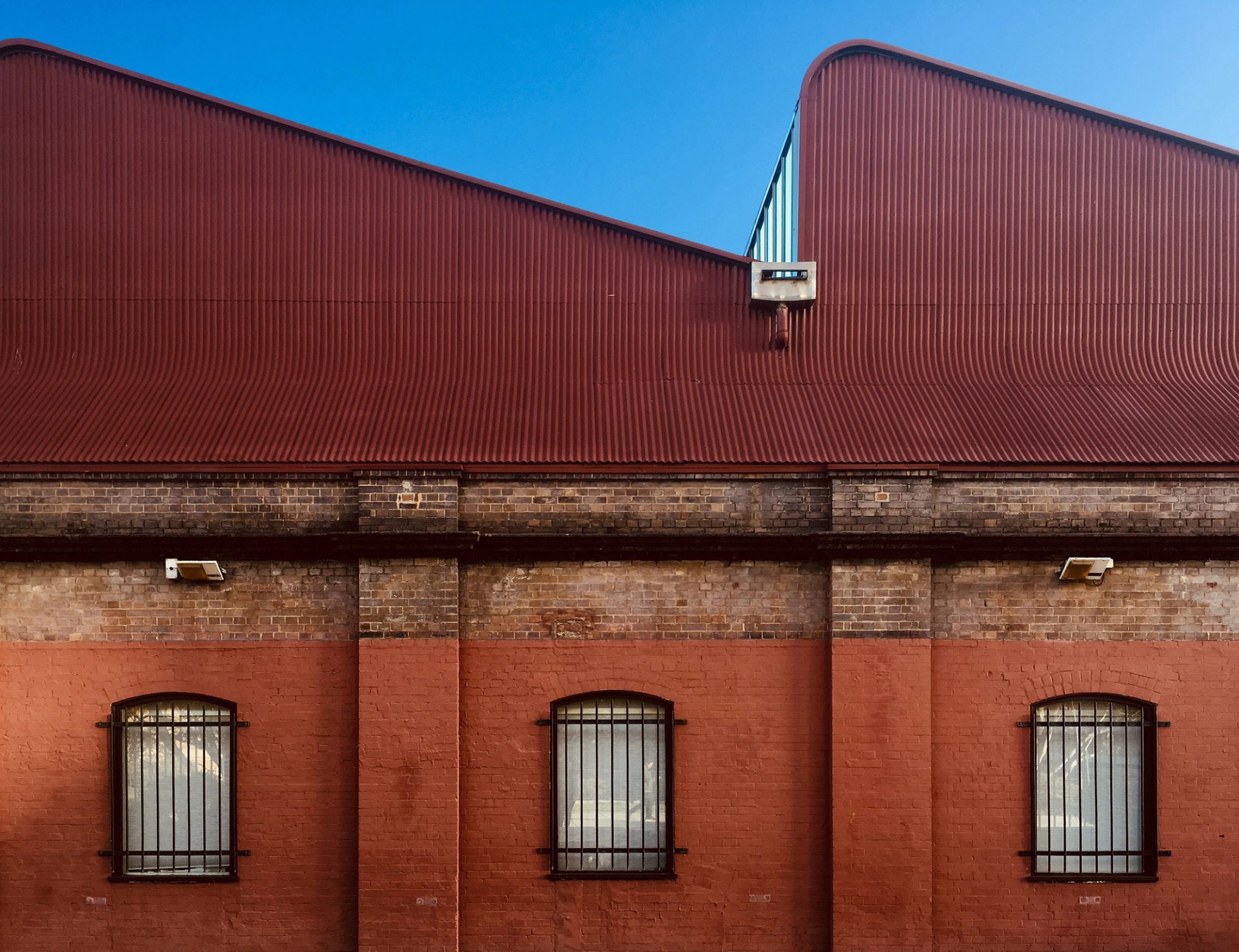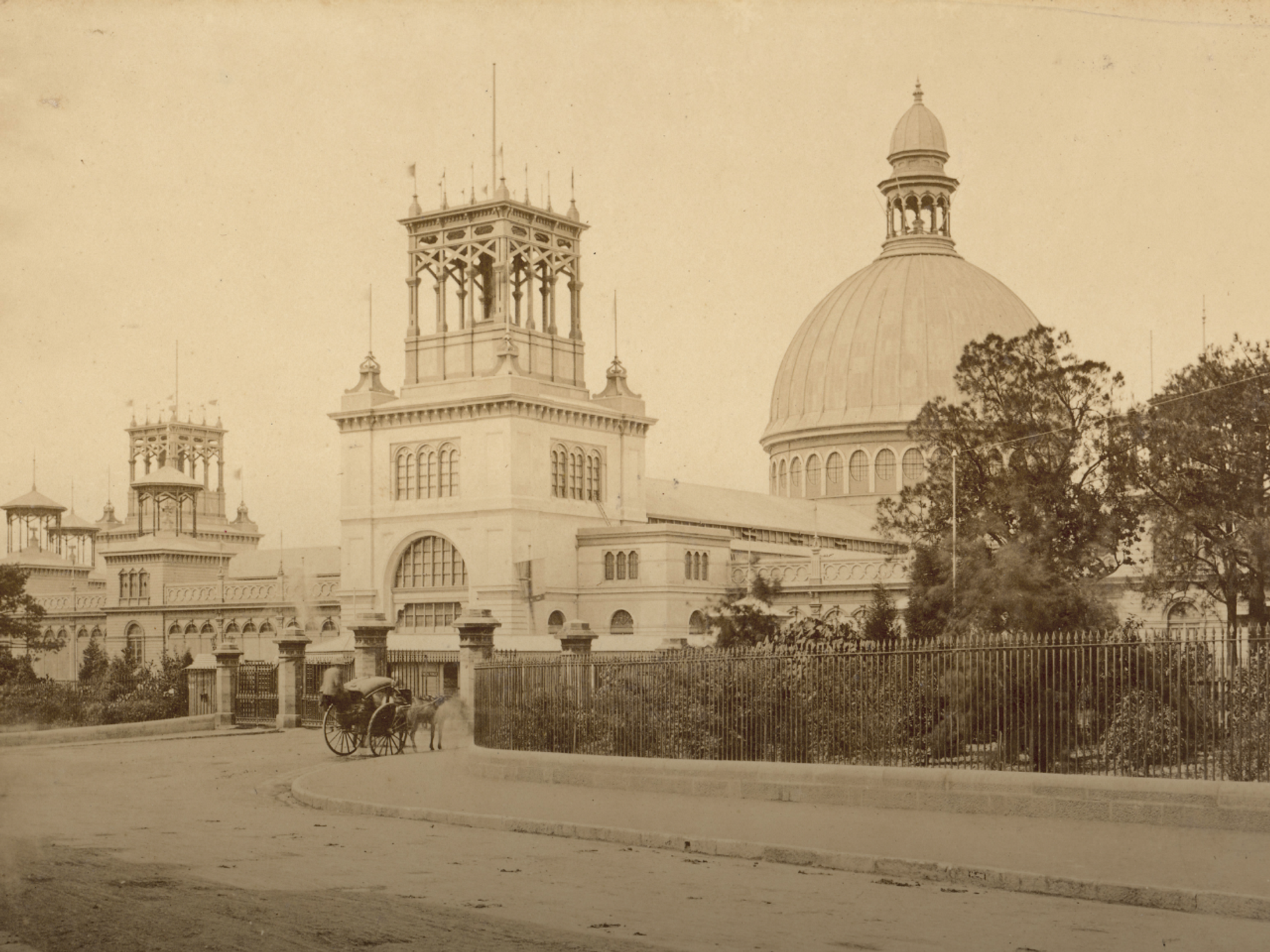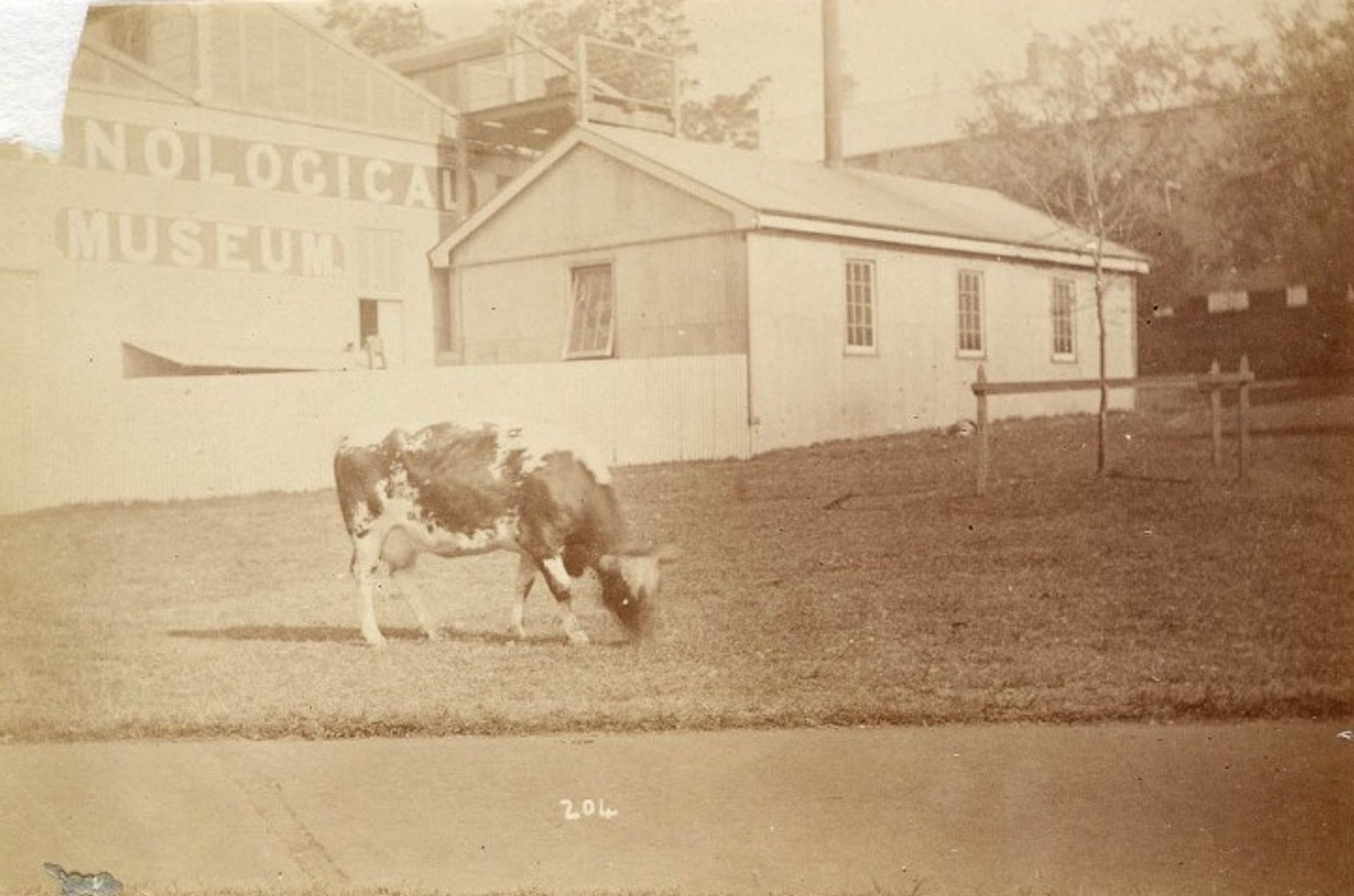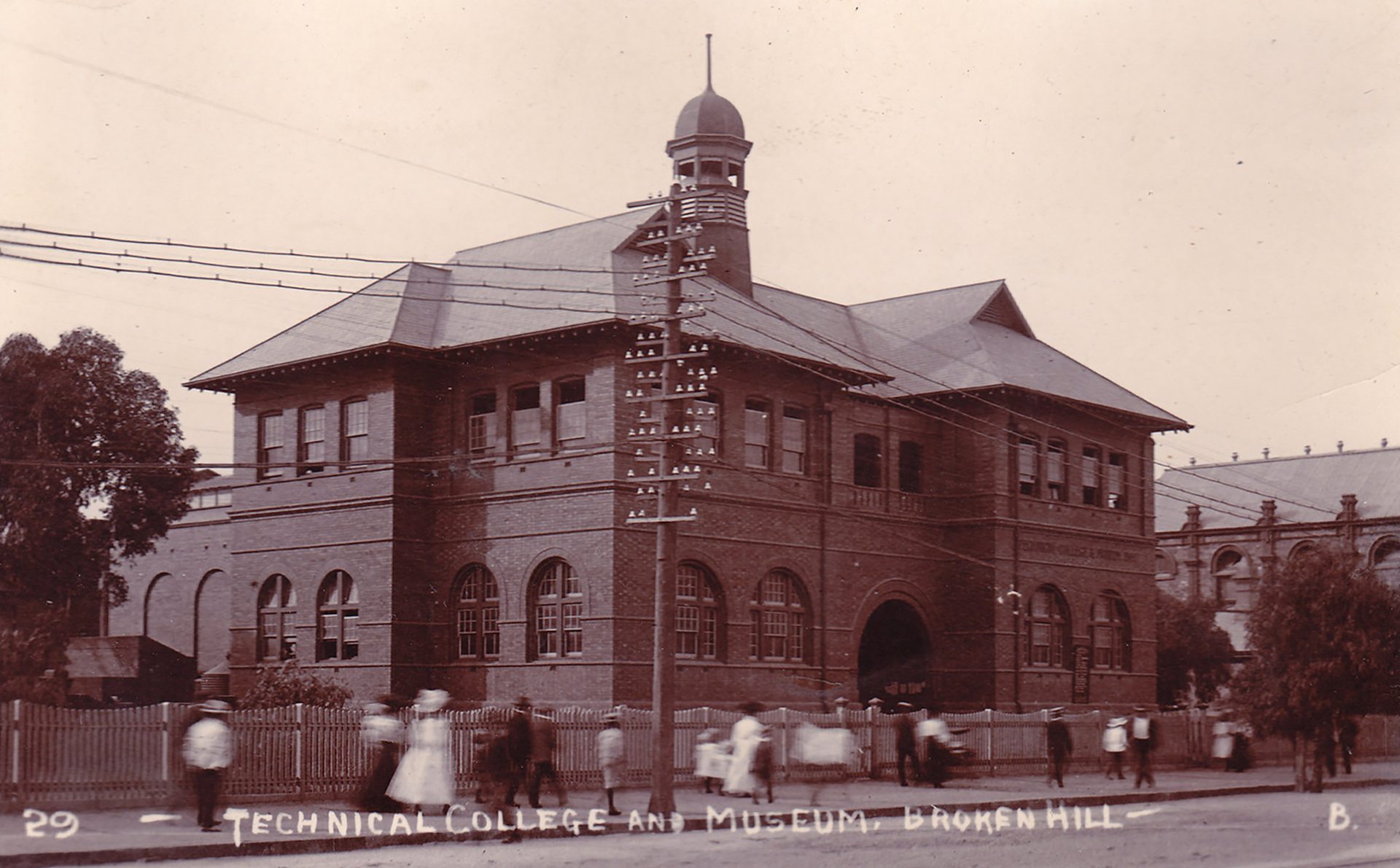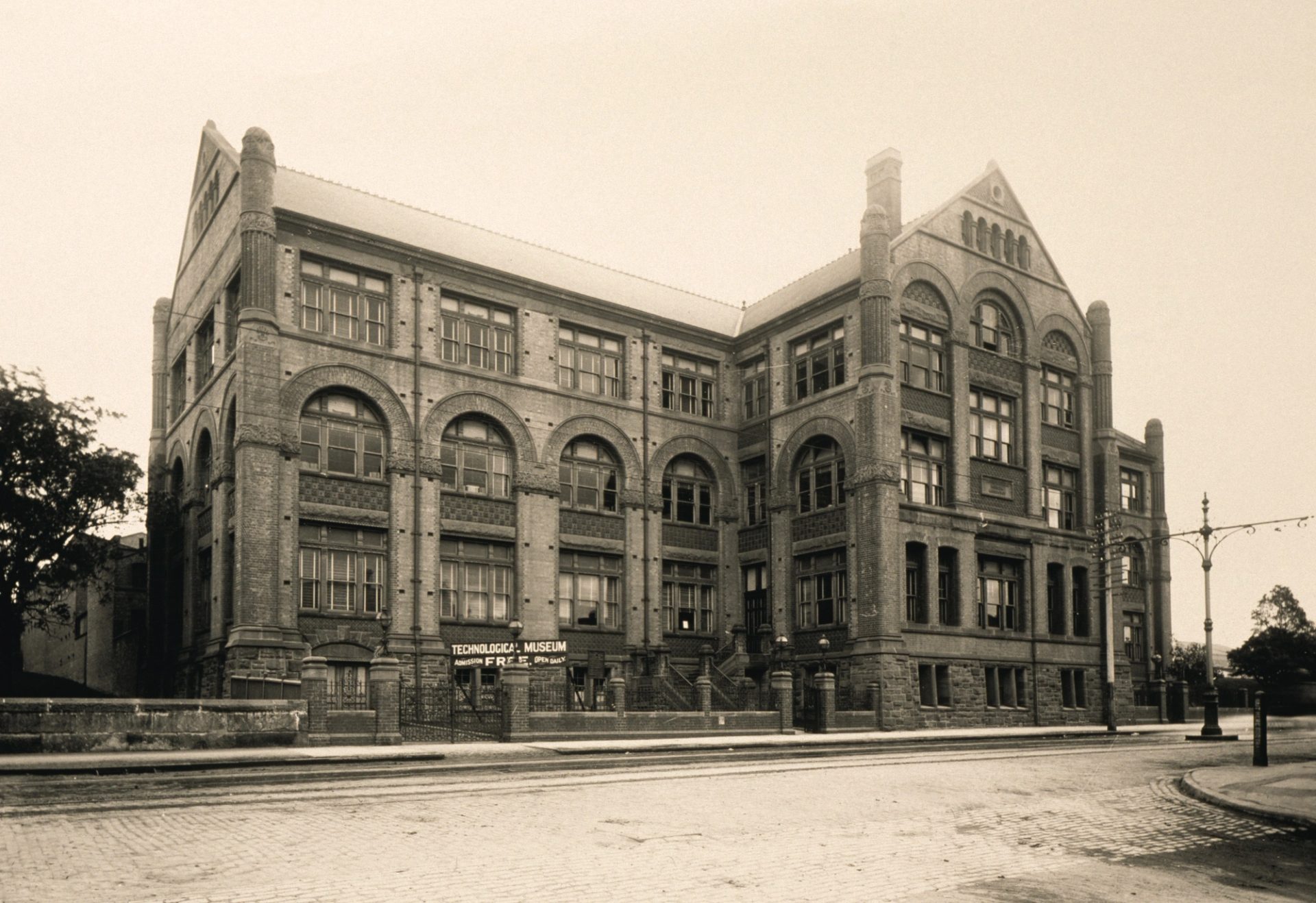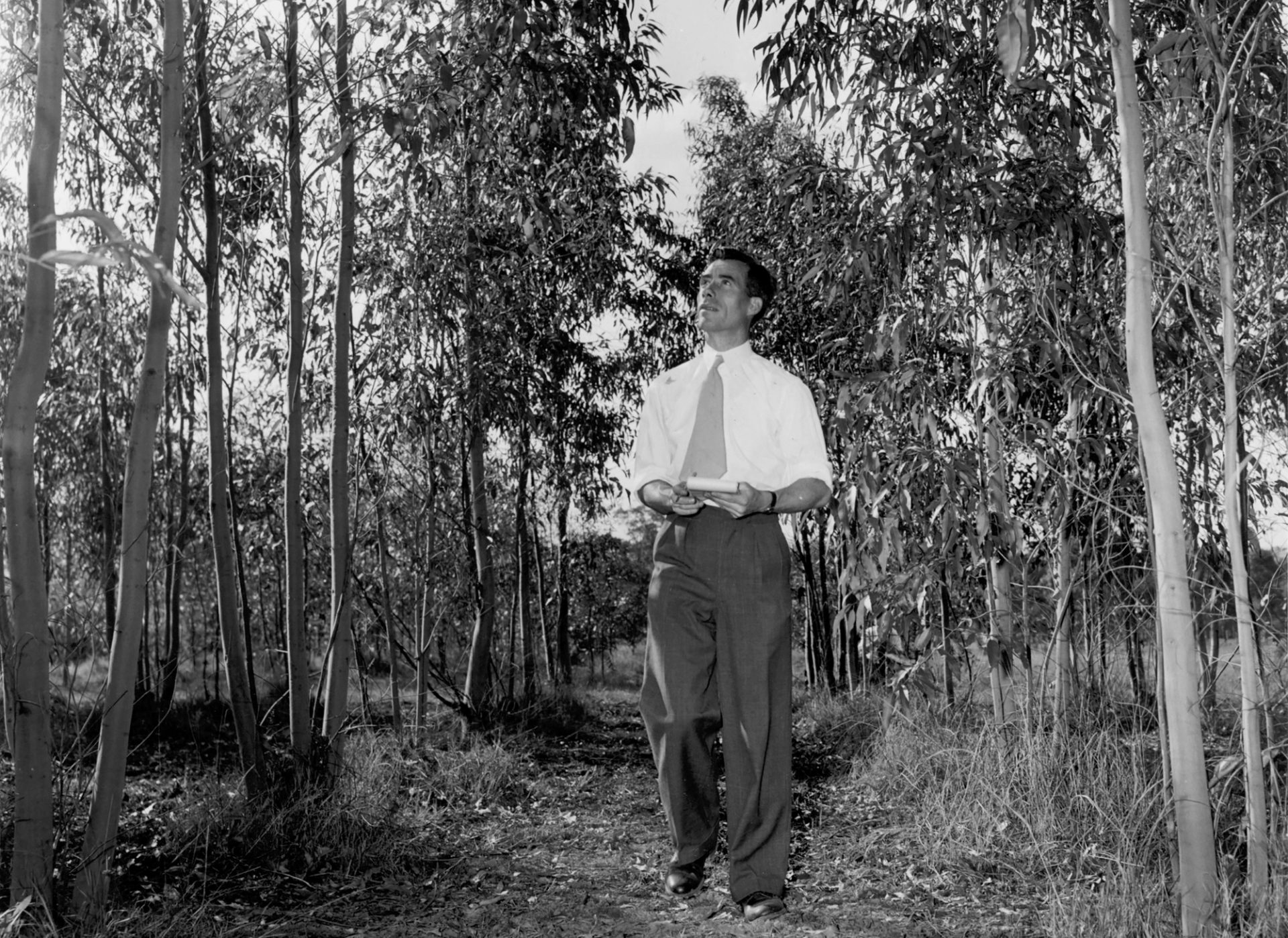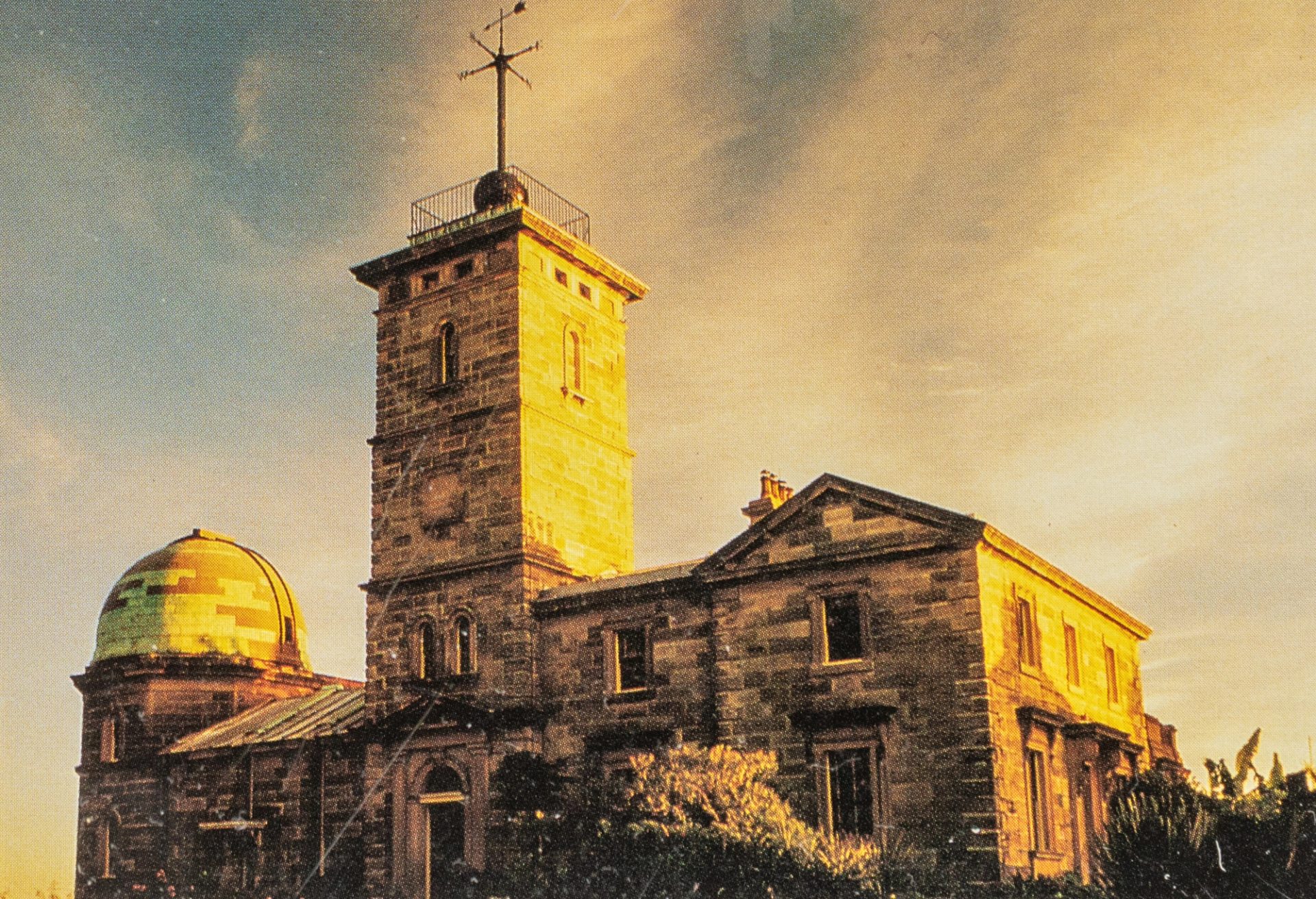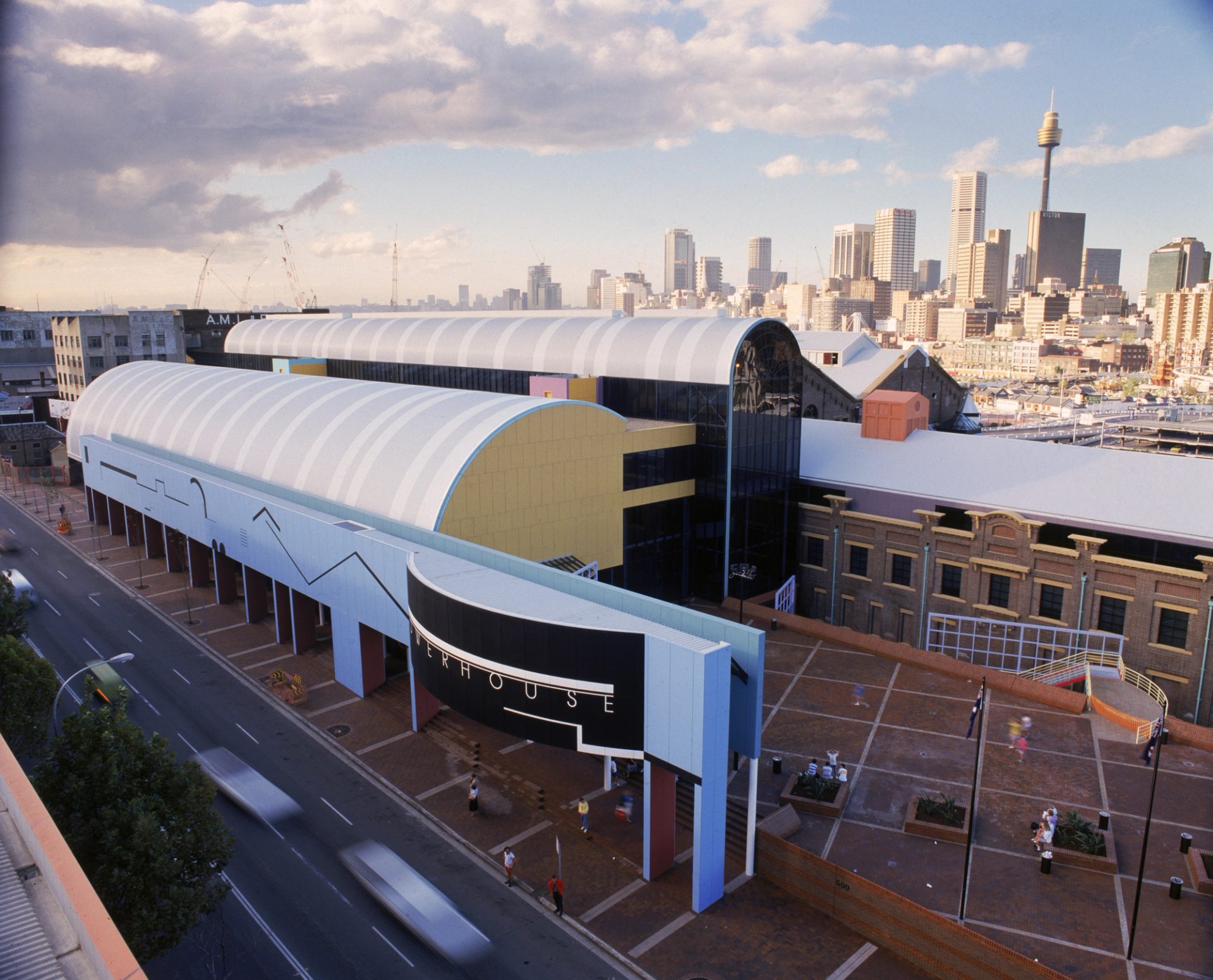Transforming the Tramsheds

Civic Networks
In 1879, a steam-powered tramway is installed to transport visitors to the Garden Palace and the Sydney International Exhibition. Four steam tram motors are imported from the Baldwin Engineering Company as a temporary transport measure for the Exhibition, and Baldwin’s travelling engineer, Edward Loughry, arrives two weeks before the Exhibition opens to get them into service.
The tram motors pull double-decker passenger cars along rails built by the Eskbank Iron Company in Lithgow – just four years after iron is first smelted there. The rails are laid on red-gum planks. This is Sydney’s first form of motorised public land transport.
‘We learn that the Works Department is making arrangements for construction of a temporary tramway from the Redfern terminus, along Elizabeth-street to Hunter-street, to be used by visitors to the International Exhibition. They expect to be able to get motors from America, and it is probable that the rails and other material can be obtained in the colony’
The trams are a highlight of the exhibition and are retained when it closes in 1880. This forms the basis of Sydney’s first tram network. The first extension, to Randwick, is operating later that year, and the network reaches its peak in 1894 with more than sixty kilometres of track and over a hundred steam trams in service.
In 1905–1906, the tramways are converted from steam to electric. Ultimo's Power House – built ‘in the Italian Renaissance style of architecture’ – is the first electricity station built to service this public transport.

The Ultimo depot is provided for the electric tramcar fleet in use on the new George Street, City–Harris Street, Pyrmont line, with ‘arrangements made for the erection of a store and repair shop in connection with the Car House at an estimated cost of about £3000.’
‘The two fine chimneys at the new power-house in Harris-street, Ultimo, gave evidence on Thursday of progress being made, for smoke was seen issuing from the tops of both of them for the first time. Smoke was rising from them again yesterday, and the three tall power-house chimneys, when all pouring out smoke together, are an interesting sight and an unmistakable landmark’

Originally 275 feet long by 130 feet wide, its nine bays can accommodate 108 cars. Provisions is made for a further 72 further cars if this becomes necessary – as occurs in 1908.
For the following twenty years, until around 1930, the depot’s ‘10 Road’ track extends north through a doorway and out of the building to connect with the railway line that runs from Darling Harbour Goods Yard into the Ultimo Power House – until it’s removed to make space for a Power House’s coal storage bin.

The Ultimo tram depot ceases operations on 27 June 1953 when the whole Sydney tramway system is closed down. It is used as a storage site for more than seventy tramcars before they are scrapped, a process that takes until October 1956.
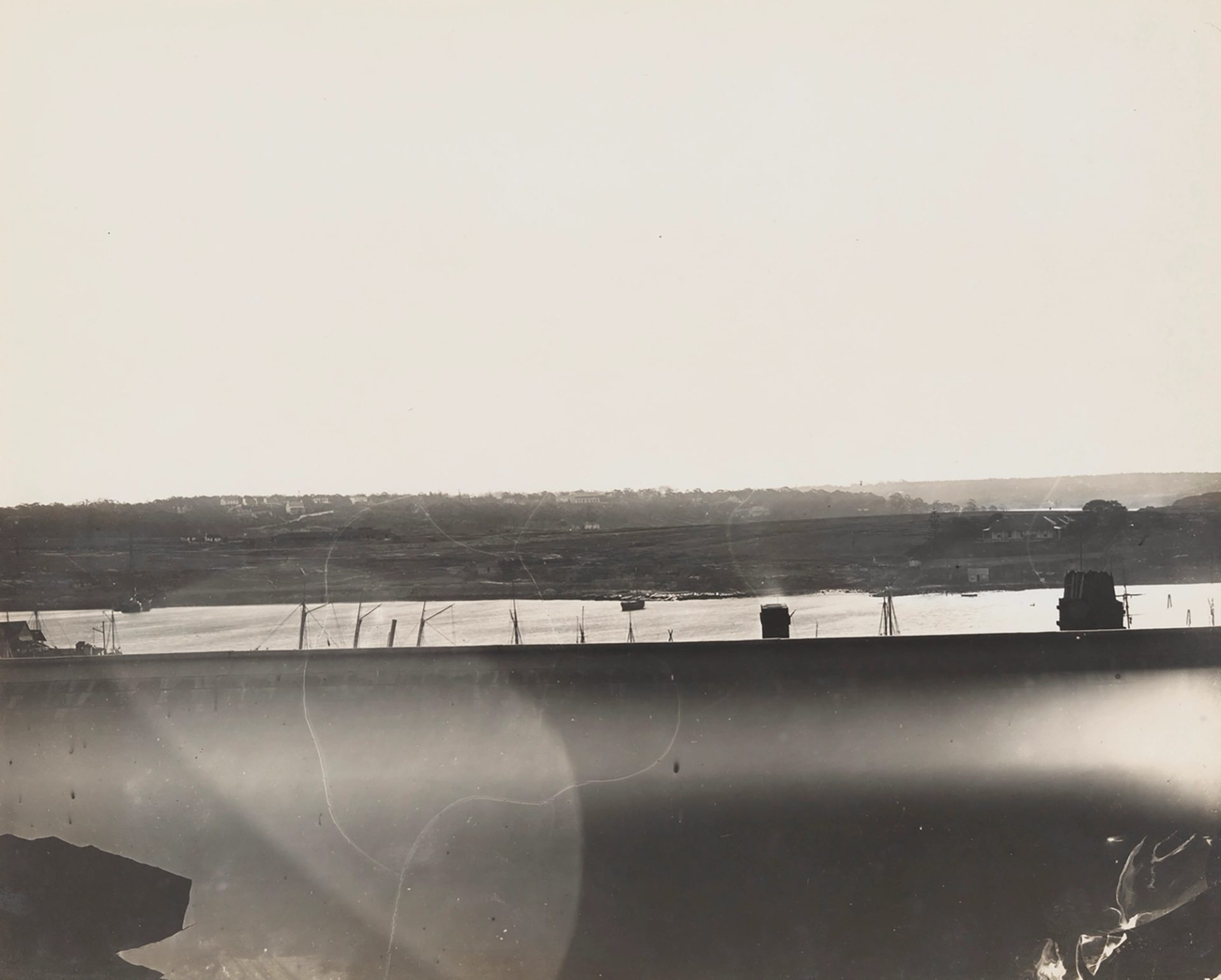
Transporting Museums
The suburb of Ultimo – on the Country of the Gadigal and Wangal people of the Eora nation – grows out of the ‘Ultimo’ estate of colonial surgeon John Harris, a rural retreat until the 1840s, after which industry arrives in the form of ‘workshops, slaughter yards, boiling-down works’, among other things.
‘Mixed in amongst all this [are] unsanitary little cottages, erected by landlords anxious to provide for the working poor, but not to provide much. Official reports, from the 1850s onwards, detailed cramped quarters, with people living cheek by jowl with domestic animals, with no water or sewerage, but any amount of flooding and sewage. Refuse and offal from the slaughter yards might be taken out on the tide, but often remained to rot on the mudflats.’
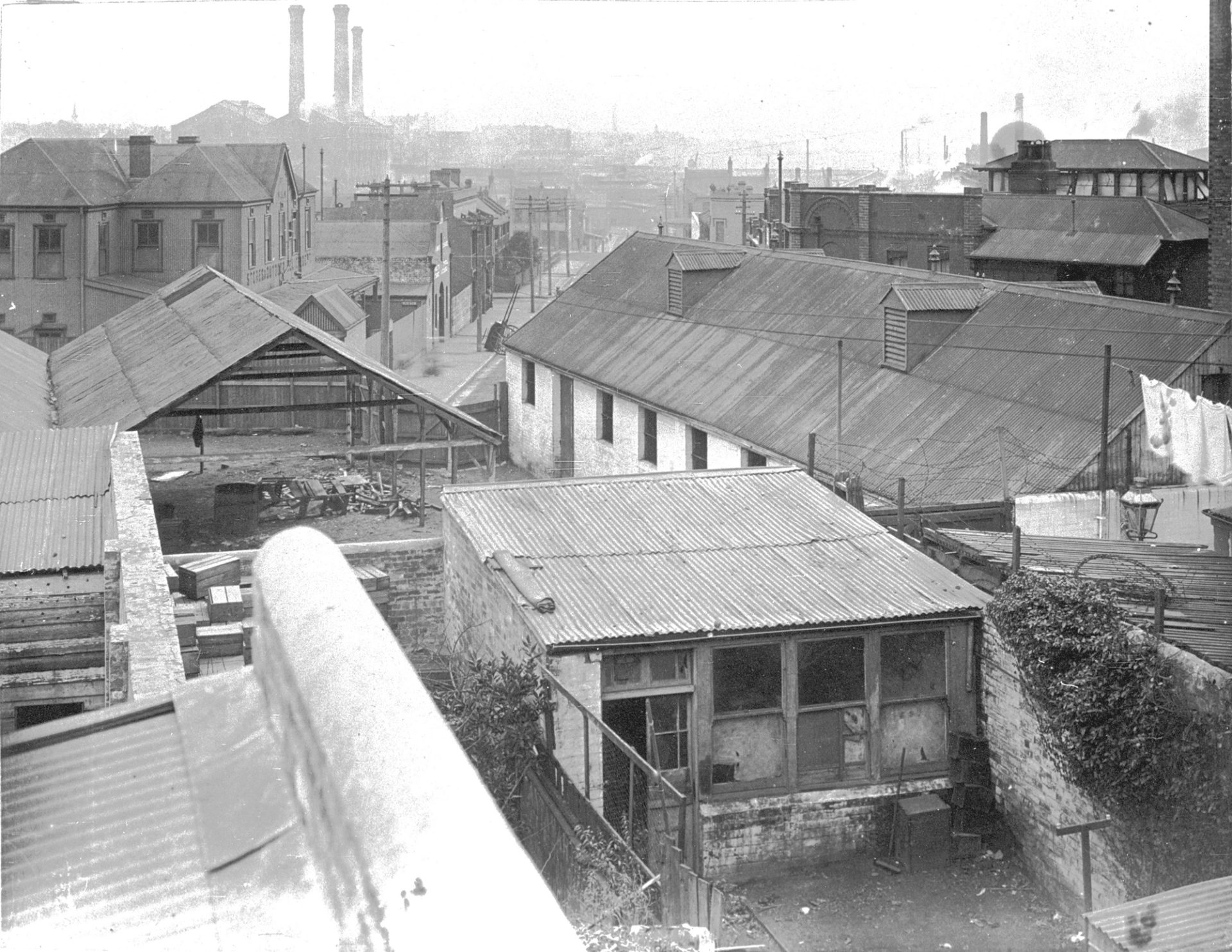
‘Mixed in amongst all this [are] unsanitary little cottages, erected by landlords anxious to provide for the working poor, but not to provide much. Official reports, from the 1850s onwards, detailed cramped quarters, with people living cheek by jowl with domestic animals, with no water or sewerage, but any amount of flooding and sewage. Refuse and offal from the slaughter yards might be taken out on the tide, but often remained to rot on the mudflats.’
Transferring management of the Technical, Industrial and Sanitary Museum from the Australian Museum to the Technical Education Branch of the Department of Public Instruction in 1890 also relocates a new site for the Museum from the centre of Sydney – close by the Australian Museum – to Ultimo, site of the new Sydney Technical College.
Collections are transferred from the Domain to Harris Street between February and May, 1893 – J H Maiden reconsidering his initial estimate that the relocation could be ‘carried out by our own officers assisted by a small number of wharf-labourers or other physically strong men’ to request a quote for ‘supply of two 2-horse lorries and two vans per day of 8 hours, to be required for a number of days (say 14).’
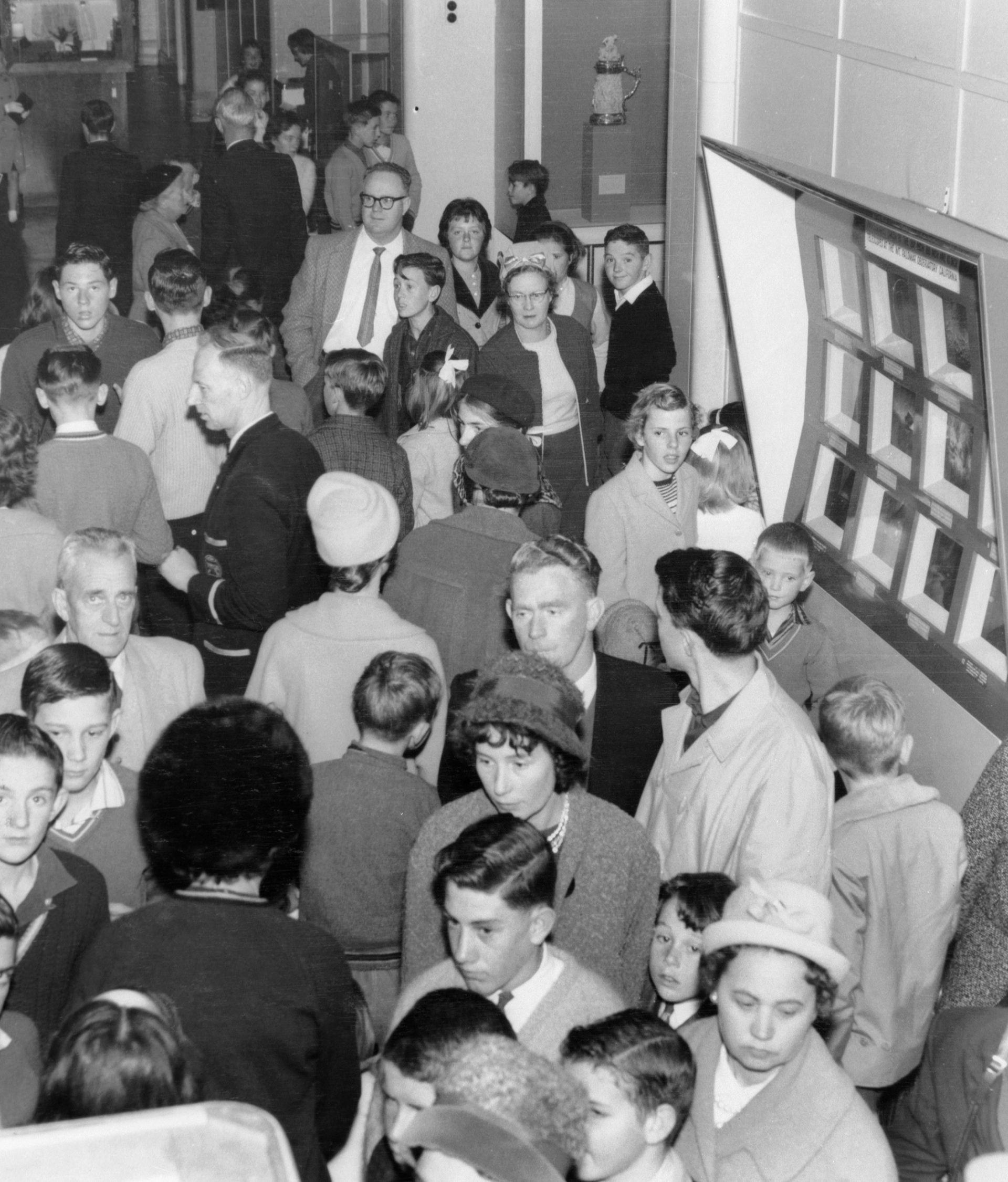
It is in April 1934, that curator Arthur Penfold proposes the Museum separate from the Technical Education Commission. When this occurs the following month, the Minister for Public Instruction announces that the next new site will be found for the Museum and its management be transferred to a Trust.
While the Board of Trustees for the Museum of Applied Arts and Sciences is subsequently established, the new site is not forthcoming. In July 1964, the Tram Depot is vested in that Board for the purpose of establishing a transport museum. That same year, the NSW Government Architect's Branch prepares plans for the building, and an item is included in the Loans Estimates to allow adaptation and renovation of the Depot to begin the following year.

In 1965, the Trustees are informed that the depot is now in the path of a proposed freeway and the project is suspended. When those freeway plans are changed in 1977, the site is again available. On 13 August 1979, the NSW Government announces that the Ultimo Power House and Tram Depot will be converted into a new home for the Museum of Applied Arts and Sciences.
‘[The new museum will] illustrate the whole scope of human achievement ... [and] be one of the greatest attractions in the southern hemisphere.’
During redevelopment of the Power House and the Tram Depot, an iron hook with a twisted handle is found by a member of the museum staff. This tram hook would have been used to change or unjam points: a tram conductor could manually change points by inserting these hooks through a grate in the road. This hook is incorporated into the museum’s collections, as the museum itself undertakes ‘a level of change and development ... unprecedented in [its] history.’

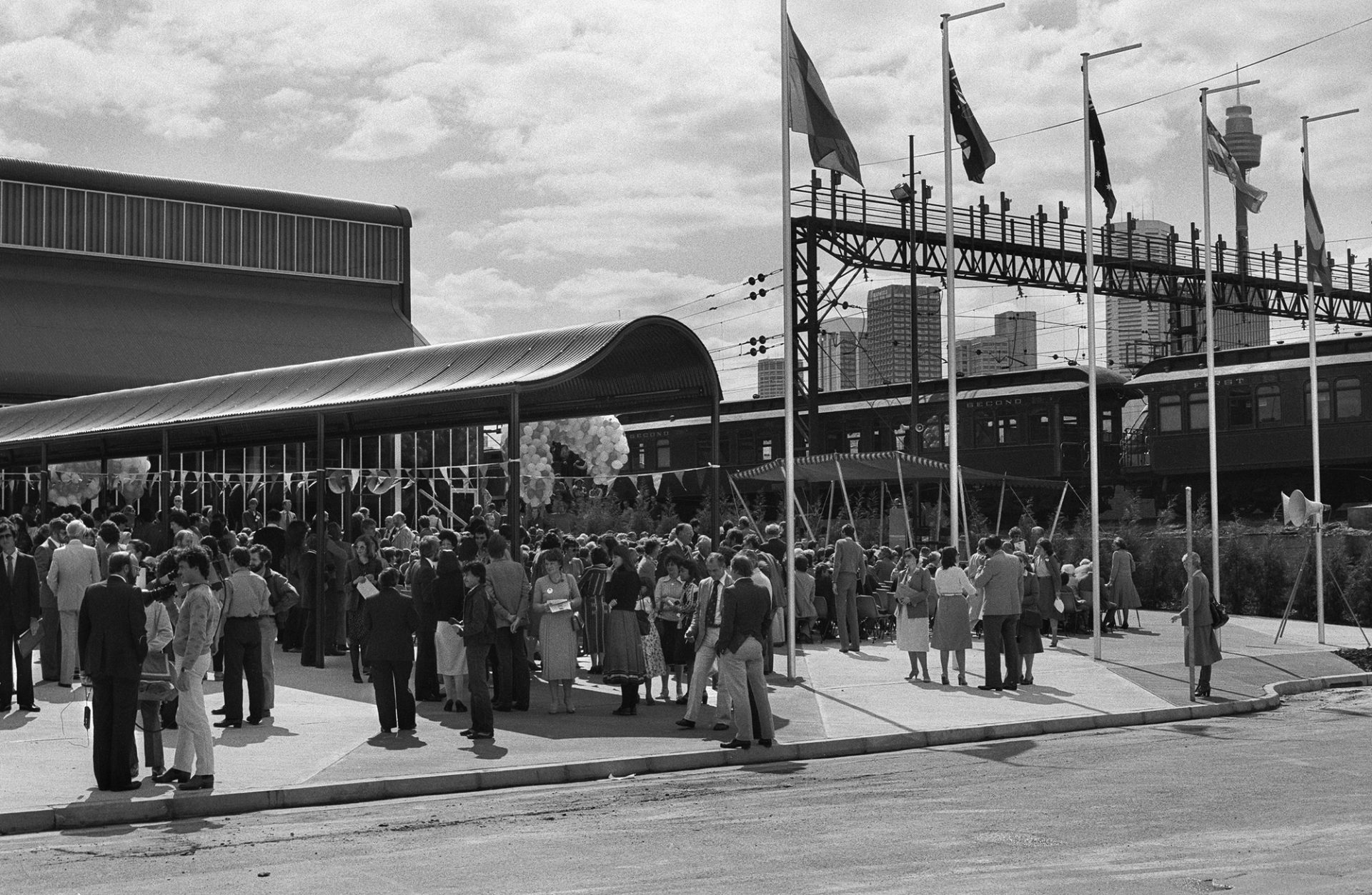
On 4 September 1981, almost ninety-nine years after the Garden Palace Fire, the first stage of the new Powerhouse development opens, with the restored No. 1 locomotive and carriages pulled up at the recreation of an 1877 train station, and the 1837 Maudslay steam engine out of storage and in working order.
Early visitors remember the Tramsheds ‘with wonder and awe’ and ‘amazement’. The Sydney Morning Herald remember it as ‘Australia’s first truly modern museum’. Ahead of its opening, its renovation is anticipated as ‘a superb example of conservation and recycling of old buildings.’
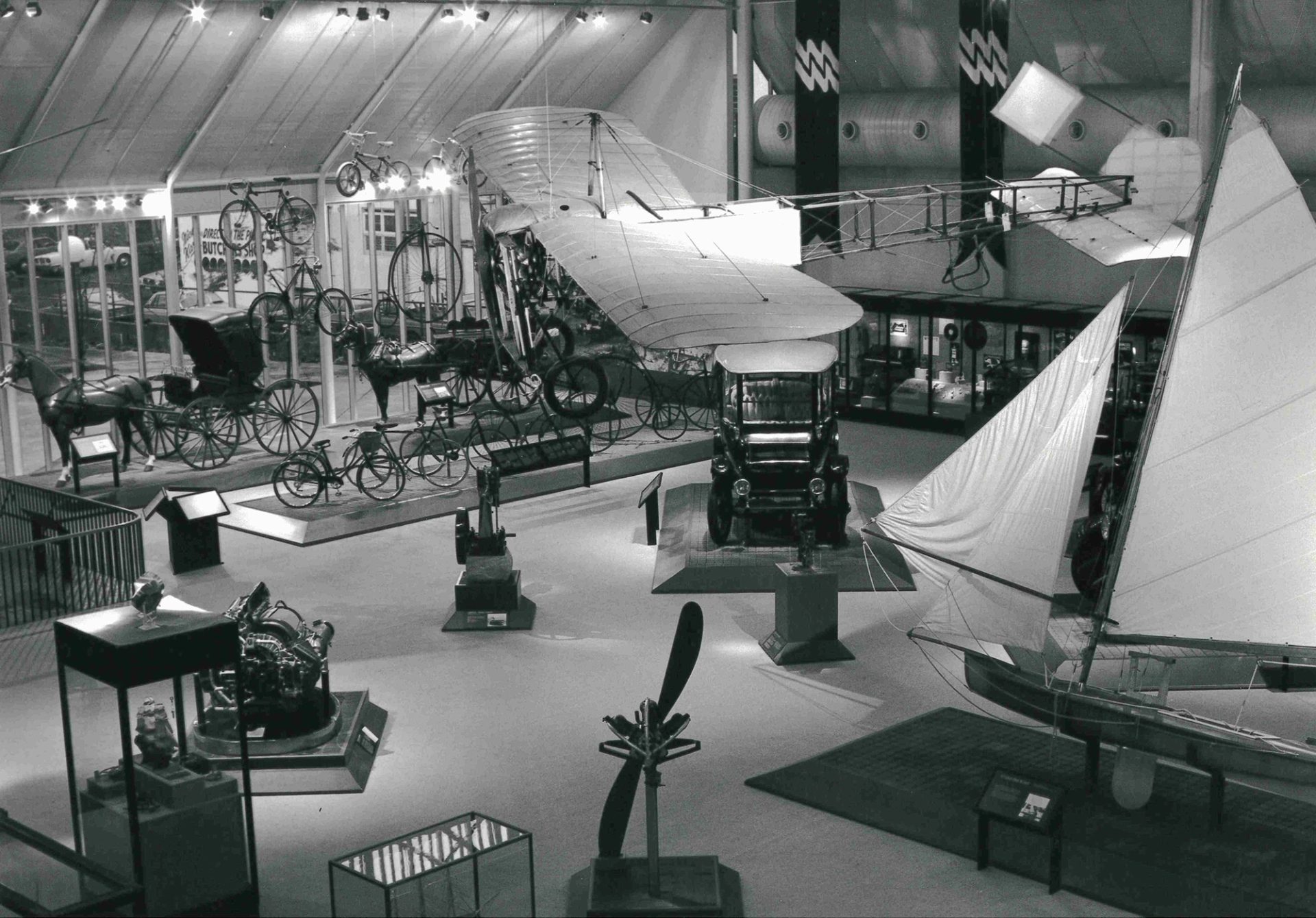
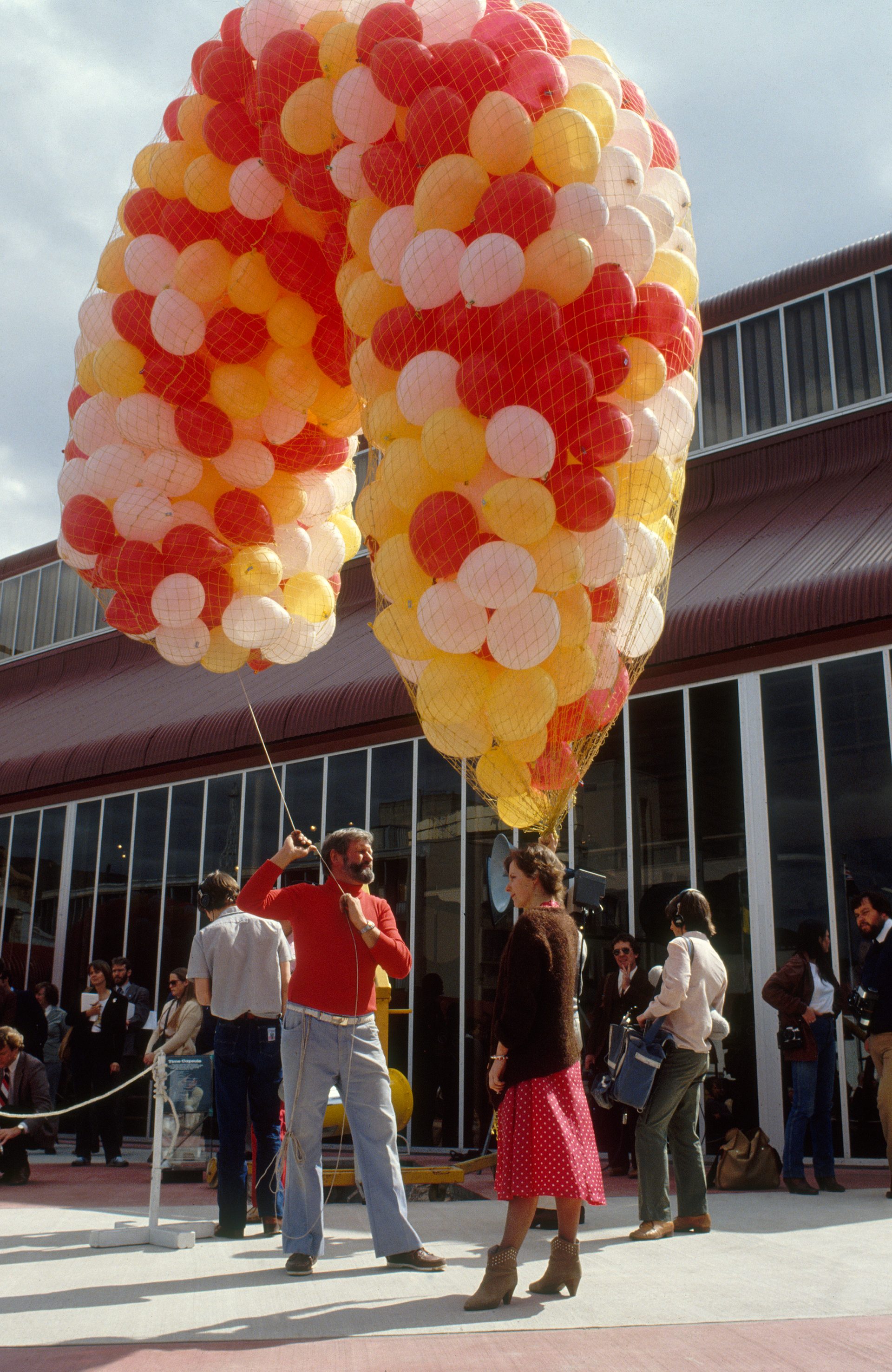
‘Stage One of the Powerhouse Museum at Ultimo was opened by NSW Premier Neville Wran on 4 September 1981 … A commemorative time capsule was buried … with items including a 1981 bottle of Penfold’s Grange red wine, a Space Invaders Game, newspapers, a UBD street directory, Sydney telephone books, and photographs of the museum trustees and staff.
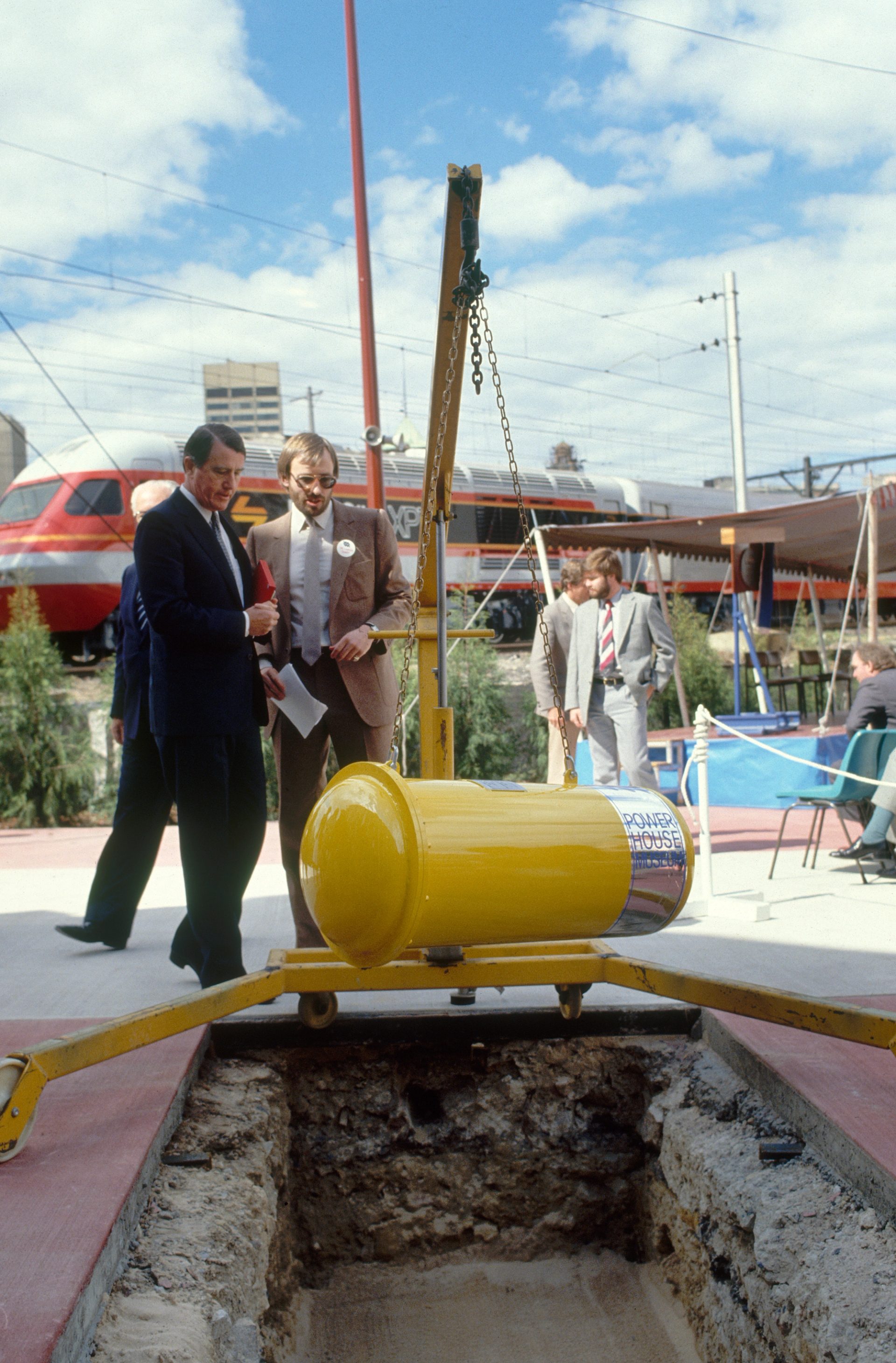
The depot is renamed the Harwood building for the former transport and engineering curator Norm Harwood – this is the first stage of the new Powerhouse Museum. As new exhibition and display space is later completed in the main Powerhouse site – and as exhibits are moved into that building, the Harwood building is converted into space for offices, workshop and conservation laboratories.
The building is later adapted to provide specialised storage for many of the items in the museum’s collection. In 1984, the Darling Harbour Rail Corridor – the Goods Line – closes to regular railway traffic. This is the last public rail infrastructure in a formerly busy industrial area.
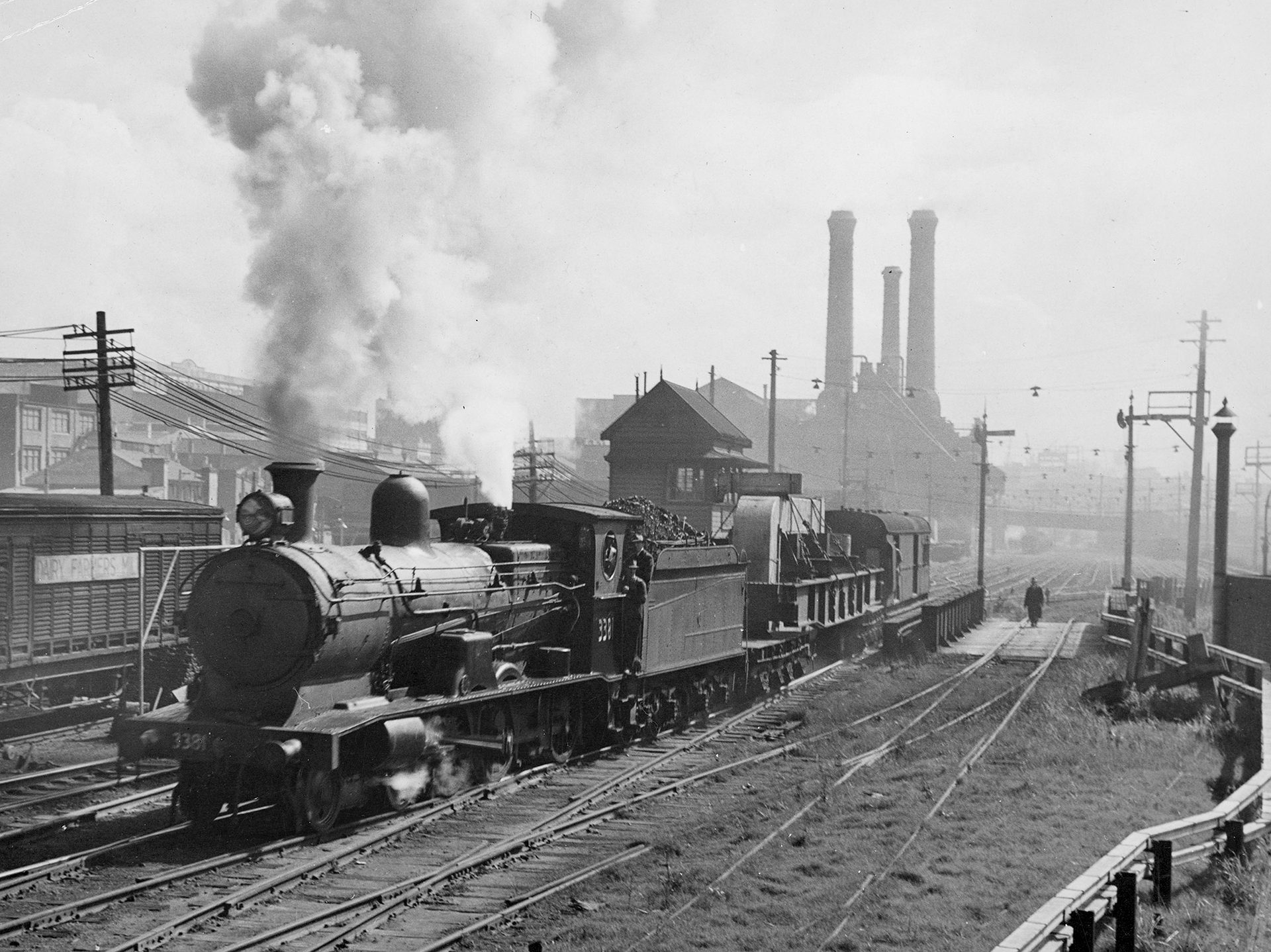
The Goods Line
‘Through its relocation along Harris Street into the old Ultimo power station in the 1980s, the Powerhouse was the first major museum in Australia to be rebuilt and reinvigorated.’
Ultimo is changing. The belching smoke of the Power House stacks – which, in part, ensured the suburb remain ‘industrial’ for almost a century – has cleared. By 1986, the population – including people living in the neighbouring suburb of Pyrmont – is just over 2800 people. The Powerhouse Museum opens in two stages, on 10 March 1988 and 10 May 1988. It is anticipated as ‘a superb example of conservation and recycling of old buildings.
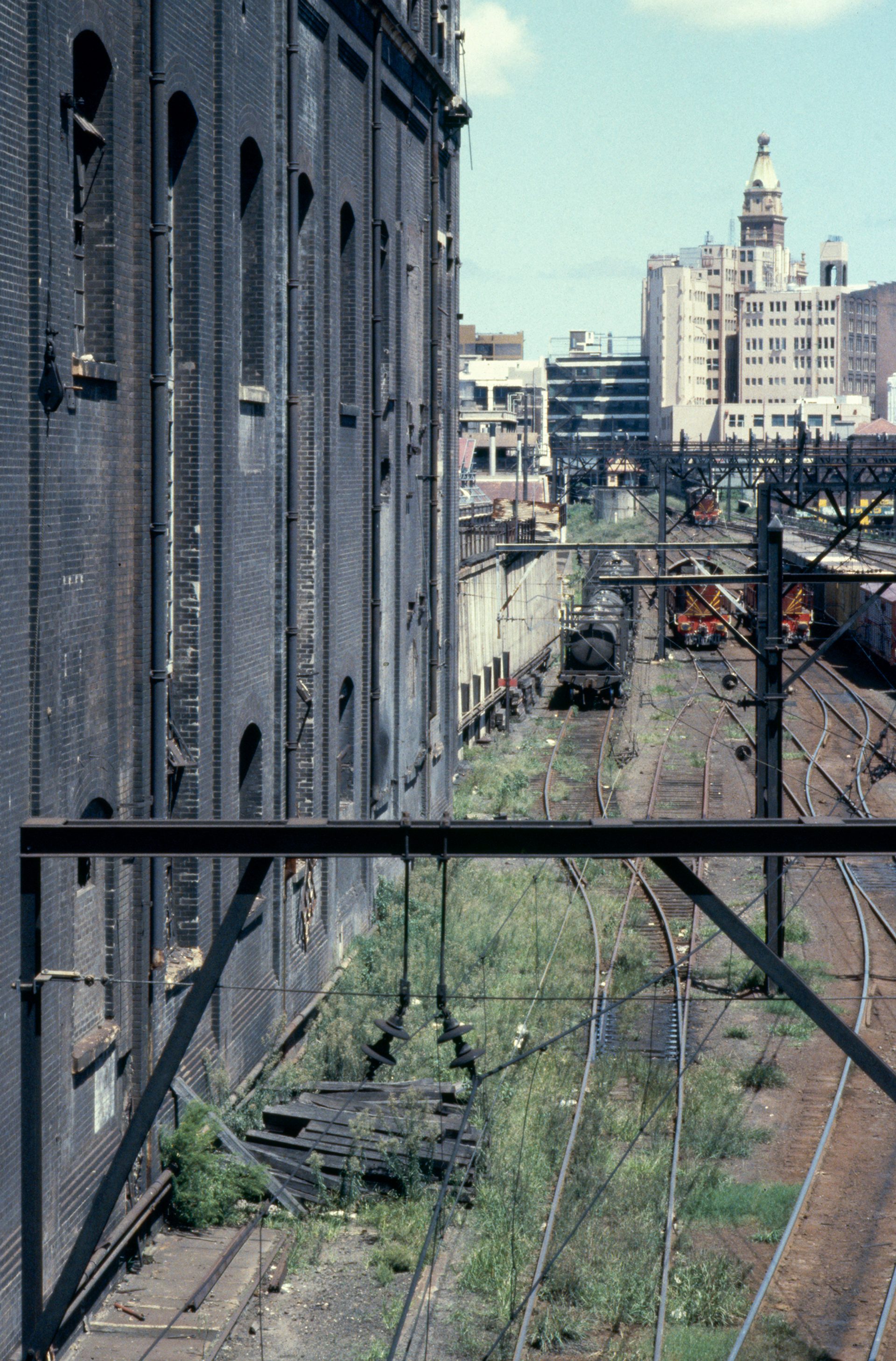
‘Siting … along what was the edge of Darling Harbour strongly influenced the development of Pyrmont and Ultimo. Because of it, wool stores, engineering works and other industries were built here after the 1870s, giving this part of Ultimo its industrial, rather than residential, flavour’
In 2015, The Goods Line opens as a pedestrian walkway, reinterpreting and developing early industrial infrastructure as a green corridor connecting Central Station and Railway Square with Ultimo and Darling Harbour. This line is part of the first railway built in NSW – in 1855.
The Goods Line is noted for its correspondence with several state-based heritage themes, including ‘activities and processes associated with the knowledge or use of mechanical arts and applied sciences.’
